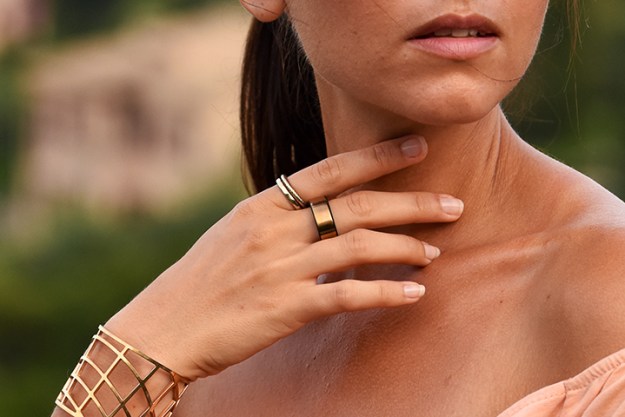
“We have a system that could be widely distributed and used in the field with low cost and very few resources,” said James Collins of MIT, who led the research team. Early detection of Zika is key, as many of those with the disease are unaware that they’ve been infected, as symptoms can appear rather late and closely resemble those of other viruses, namely dengue and chikungunya. “One of the key problems in the field is being able to distinguish what these patients have in areas where these viruses are co-circulating,” said Lee Gehrke, the Hermann L.F. von Helmholtz Professor in IMES at Harvard and an author of the paper.
But now, this test, with which results can be determined in just two to three hours and “is much faster and cheaper than the P.C.R. tests used now,” could be a huge step forward in fighting the disease. Essentially, patients provide a drop of blood, which is boiled and processed, then applied to the paper test. “What we’ve got is a really nice paper-based synthetic biology platform,” Collins told TechCrunch. “What we showed is that you can take the inner workings of cells, take a few dozen enzymes, and you can spot them on paper, freeze dry them, store them and distribute them at room temperature with very little loss of activity. That’s really at the heart of the innovation of the platform.”
The paper then changes color based on the presence of disease, and this color change is easily detectable to the naked eye.
This method may have further implications in the future, as Collins believes that the same test could be used to detect a number of other ailments as well.
“We’re looking to use the test for the flu. We’re looking to use the test for HIV. We’re looking to develop the test for Lyme disease. We’re looking to use it for leprosy,” he said. “And in a completely different form, we’re looking to see if we can use the platform to develop rapid and inexpensive cancer diagnosis.”
Editors' Recommendations
- Your Fitbit may be able to detect a key coronavirus symptom
- Dead planets give off ghostly radio waves which we should be able to detect


